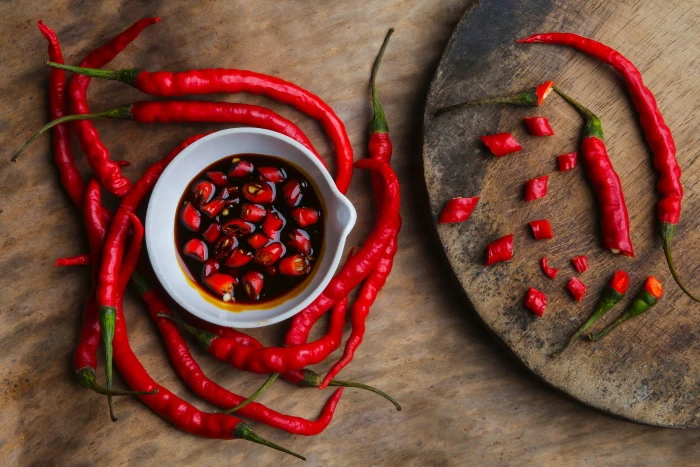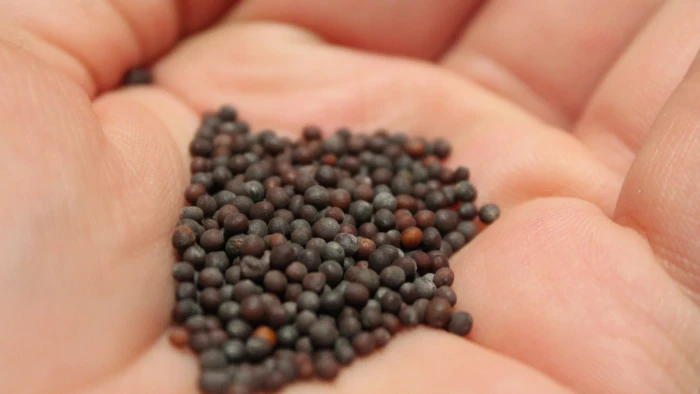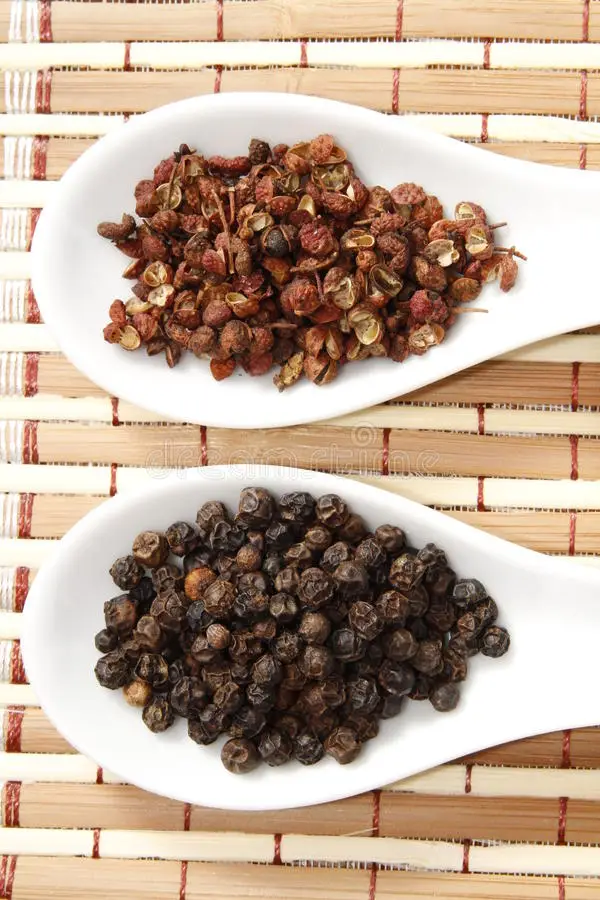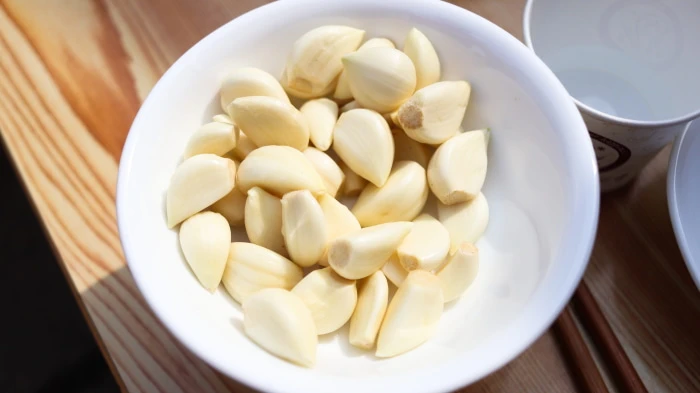The five dimensions of heat
Most people love to travel. I don't. First of all, I dislike the modern way of transportation that reduces travel to a mere logistic problem, namely, to the one transporting human cargo with the minimum cost. Second, I'm a creature of habits, and traveling inevitably interferes with them. And third, away from my natural habitat I miss the native diet of a chilivore.
It's not that I want every dish to be hot as hell, but what I can't stand is the styrofoam taste of the stuff one gets for food in airplanes and related places. Heat doesn't refer here to the physical quantity, but the sensation experienced when consuming certain spices, which is commonly also called spiciness, hotness, or pungency. This quality is usually only associated with Chili, but that's a fairly one-dimensional view.
Chili

“The food of the true revolutionary is the red pepper, and he who cannot endure red peppers is also unable to fight.” Said Mao Zedong (毛澤東), who was born in the Hunan province in China which is home of one of the eight great traditions of Chinese cuisine well known for its liberal use of hot chilis.
The active substance in all chili peppers is capsaicin. The Scoville scale provides a measure of the amount of capsaicin in a given plant and ranges from 0 to 16,000,000 Scoville heat units (SHU). The hottest Chili on earth is currently the Carolina Reaper with a breathtaking value of 1,569,300 SHU (as a reference: the spiciness of the original red Tabasco is not higher than 3,500 SHU). Now, these kind of hyper-hot chilis are mainly a fetish for chili heads (like myself) and are commercially valuable only as tourist attraction (see here). Nobody in his right mind would use such a designer chili for actual food. The hottest variety I've seen in authentic indigenous food is the bird's eye chili, which is particularly popular in Thai food, and which scores around 100,000 SHU. I have not seen anything substantially hotter in Mexico, but I have never been in Yucatán, where people eat reportedly Habaneros (up to 350,000 SHU) for breakfast.
Black pepper and ginger
Both are known for adding flavor rather than heat. But what is not commonly known is that both of these spices contain substances that are chemical relatives of capsaicin, have an analogous effect and can be measured on the same scale. The active substance in black pepper, for example, is called piperine and scores 100,000 SHU. Not much behind is gingerol in Ginger with 60,000 SHU. Even considering that the actual plants contain only a few percent of these active substances, they can be surprisingly hot when used liberally.

Mustard/Horseradish/Wasabi

A completely different kind of hotness is produced by a substance called allyl isothiocyanate, which is contained in mustard seeds as well as in horseradish and wasabi, and affects the nose rather than the throat. Personally, I don't like the popular chili mustards that attempt to combine the distinct types of heat offered by chili and mustard, but many people just love it for barbecue. Furthermore, many popular curry powder recipes combine mustard seeds with chili. In any case, mustard seeds are a part of human food everywhere in the world.
Sichuan Pepper

Has nothing to do with any other pepper (particularly with the very similar looking black pepper as you can see above). Contains hydroxy α-sanshool, which has a unique effect unlike any experienced with ordinary pepper, chili, or mustard. In the words of Harold McGee in his book On Food and Cooking, the sanshools “produce a strange, tingling, buzzing, numbing sensation that is something like the effect of carbonated drinks or of a mild electric current (touching the terminals of a nine-volt battery to the tongue).” Used, not surprisingly, mostly in Sichian (四川菜) food such as mapo doufo (麻婆豆腐) – my absolute favor and IMHO the undisputed crown of Chinese cuisines.
Garlic/Onions
Raw onions and even more so raw garlic develop an intense heat due to the substance allicin. When consumed in large quantities, the effect can be rather overwhelming. To give you at least an idea of what I'm talking about, have a look at the main vegetable side dish you get when ordering the traditional bulgogi (불고기) in Korea:

The meat coming with this friendly offer is marinated with a paste containing, among other delicious ingredients, loads of garlic. 😆 And the other side dishes consist in a green onion salad and (rather mild) chili peppers. 😵 After enjoying this course, I wasn't surprised hearing that onions and garlic have their own pungency standard, namely, the pyruvate scale.
It requires only these few basic ingredients to create the infinite variety of spicy food all around the world, from Thailand to the Caribbean islands, from Mexico to Ethiopia, from Cajun country to Korea. Sometimes, we may find the taste disagreeable or too extreme, like the eternal wasabi and ginger in Japan, and the endless garlic and onions in Korea. Don't be shy, vocalize your needs. I got hot chilis in Japan and ginger in Korea just by asking.
A spicy new year to all of you! 😊